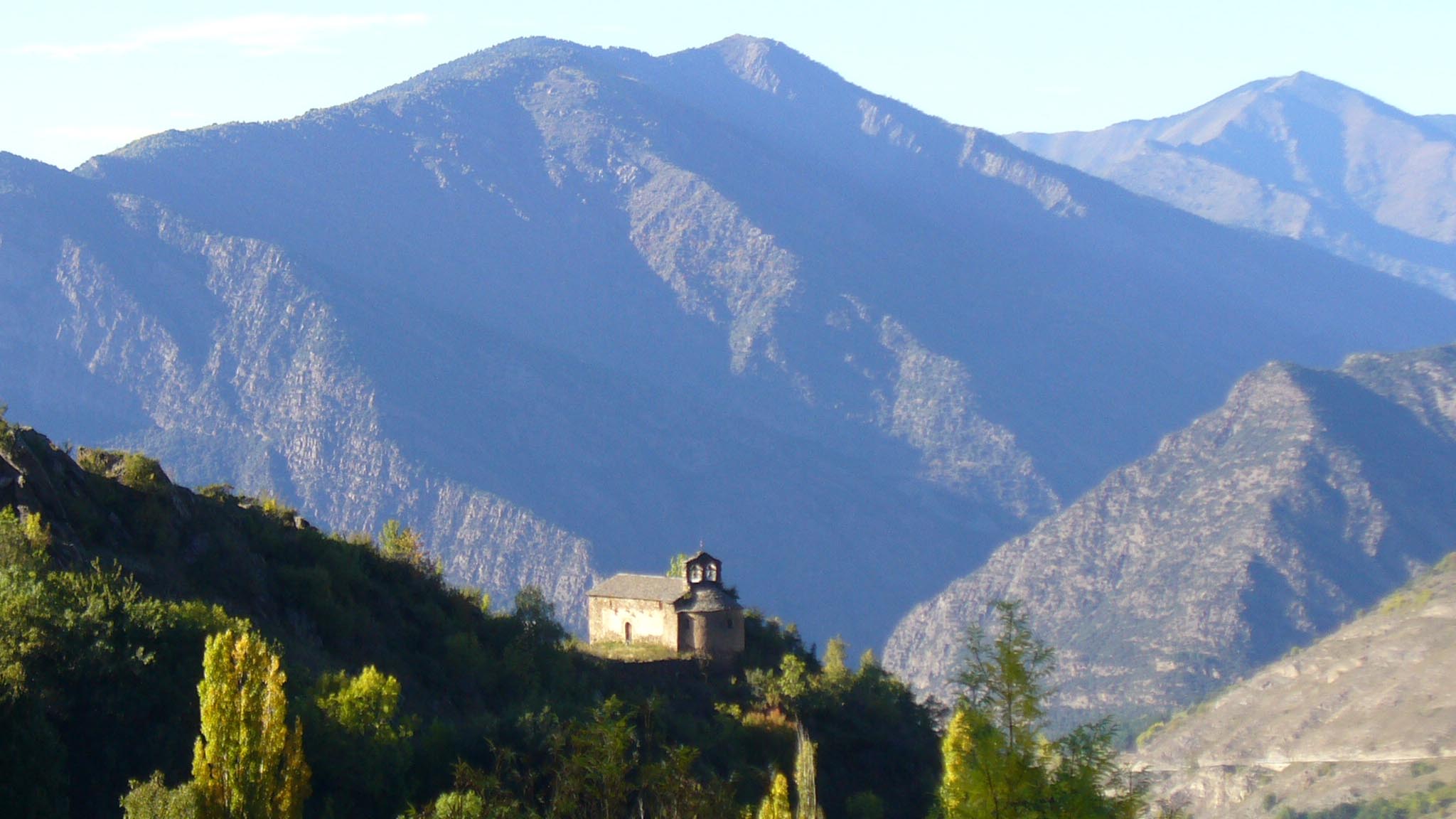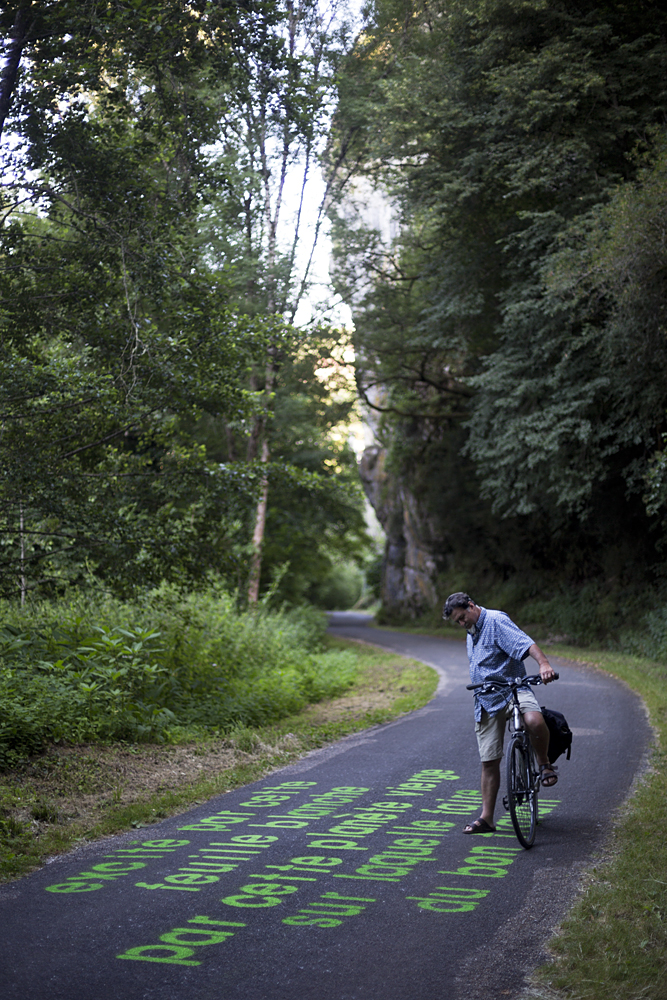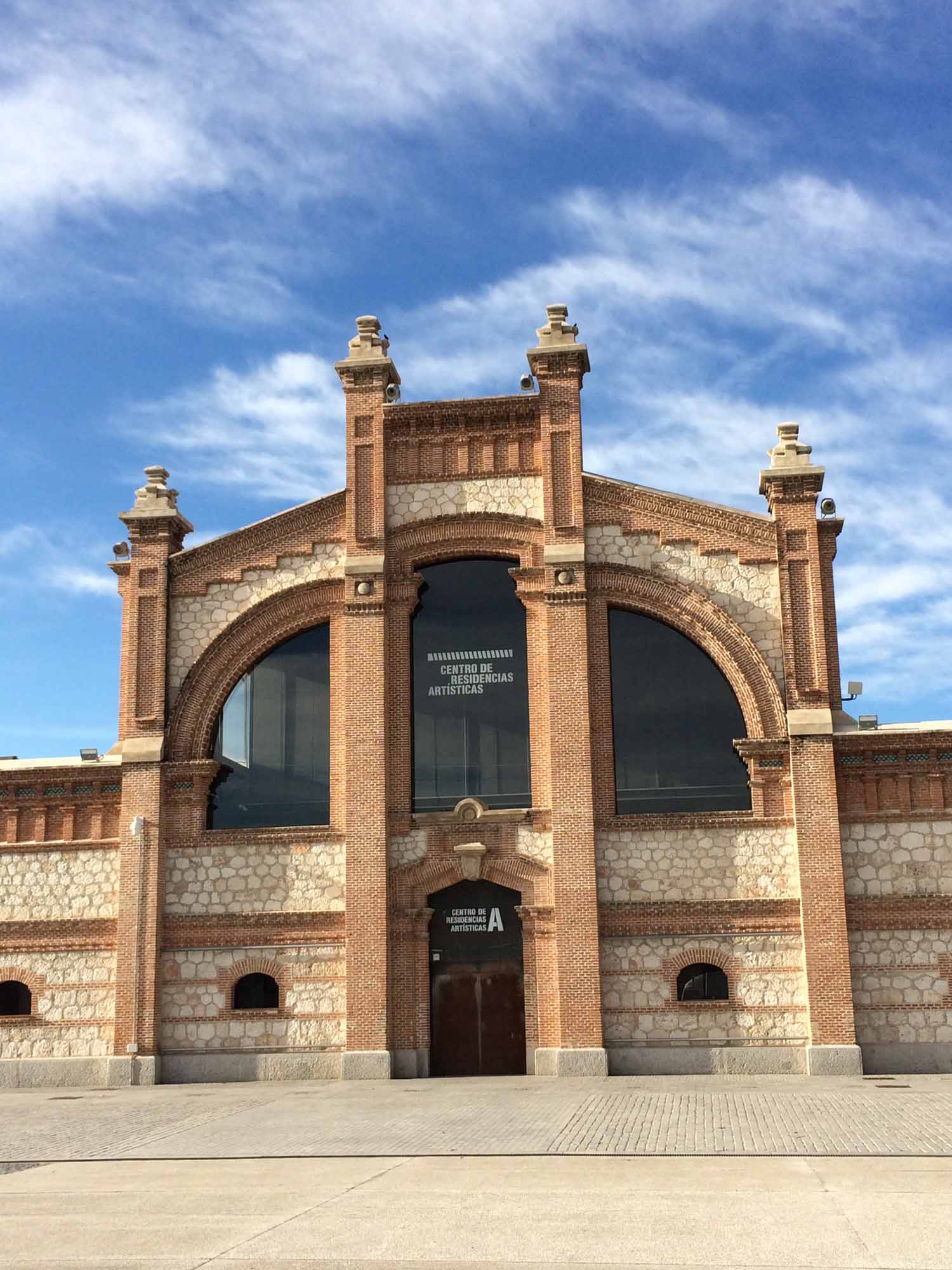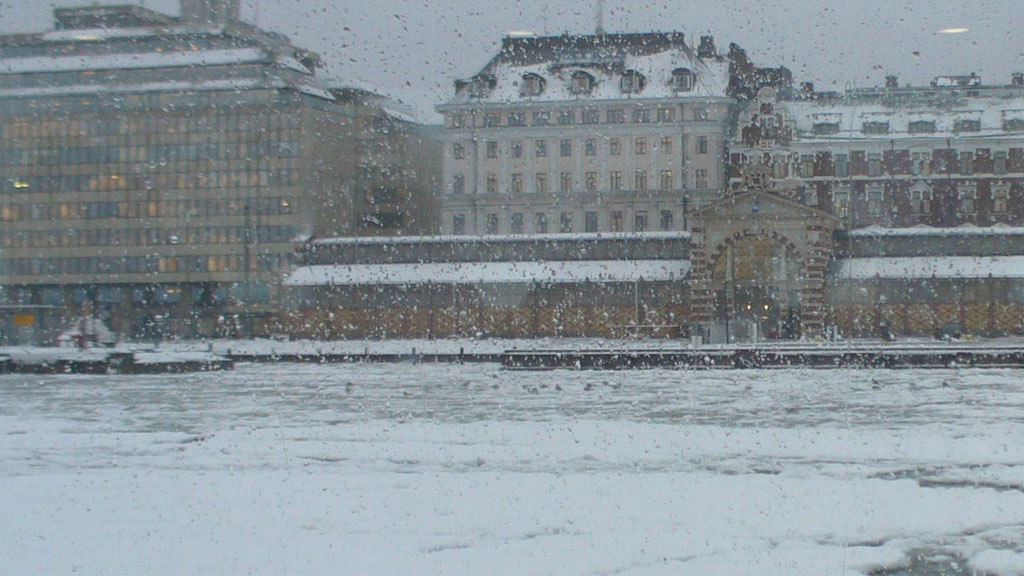Making art in residency
Tracey Warr is a fiction and non-fiction writer, and lecturer on our Arts and Place course. Her most recent books on contemporary art are The Midden (Garret, 2018) and Remote Performances in Nature and Architecture (Routledge, 2015). She is currently Head of Research at Dartington and has previously held academic posts at Dartington College of Arts; Oxford Brookes University; Glasgow School of Art; Bauhaus University, Weimar; Piet Zwart Institute, Rotterdam and Surrey Institute of Art and Design.
Artists residencies can offer some or all of fees, per diems, accommodation, travel costs, studio space, production budgets for exhibitions and publications. They can be a significant part of how you survive financially and how you thrive in developing your work as an artist.
In order to take advantage of the opportunities for being an artist in residence, or in my case, writer in residence, you need to have a number of skills and capabilities. You need to know where to find the residencies on offer, you need to know how to submit convincing applications to the highly competitive calls for artists in residence, and you need to know how to go about making your work in residency, in response to the particular place and context that you find yourself in. The MA Arts and Place aims to help participants develop those skills and capabilities.
Writing from my own experience, over the last five years, I’ve been writer in residence in the Catalan Pyrenees, in the Lot Valley in France, in an arts centre in Madrid, and on a Finnish island. Residencies do not all provide the same frame, but instead encompass a range of potential invitations to artists. Some require an artwork that is presented in public at the end of the residency while others allow more open-ended research and development time. Some set a brief and others are, again, more open in how you are expected to engage with your time in residence.

View of the Hermitage of Santa Eulalia d’Alendo from the Centre d’Art i Natura, Farrera, Catalan Pyrenees.
In the Catalan Pyrenees, I stayed twice, for one month each time, in the tiny, high-altitude village of Farrera, resident at Centre d’Art i Natura (1). These residencies were part of the Frontiers in Retreat art and ecology research project. Going twice had the advantage of allowing the first visit to operate as an exploratory time and the second to be more about producing and presenting work. I found both these stays tremendously productive. I was cut off from distractions (no shops, no transport). I was catered and beautifully cooked for and interacted over dinner with a number of other very interesting artists in residence. I had use of a library and study bedroom with ravishing views across the Pyrenees. I was able to really focus on research and writing. I gave a talk on my work to a local audience, worked on a series of interview podcasts, produced an essay for a book, undertook research on a medieval biography I’m writing now (several years later), and presented a sited, installed text in a public art festival.
In the Lot Valley, I was invited by the gallery, Maison des Arts Georges et Claude Pompidou, and stayed for four months in their residency house in Saint Cirq Lapopie. I developed a future fiction novella in response to their exhibition brief to reimagine the Lot Valley as an exoplanet. I installed text along the river path as part of the summer exhibition, Exoplanet Lot, published the novella in French and English, and also published a version of it on Twitter as daily posts over 90 days (2). It was exciting to be able to anchor imagination to an actual place and to engage in embodied research (walking and swimming) in that place to generate the fiction. I drew on the real details of the Lot Valley and inserted them into the fictional planet that I invented. I also gained a lot from working alongside visual artists who were part of the exhibition and working to the same brief. In fact, I collaborated with one of those artists on a soundart event. As an artist in residence you often become part of a temporary community with other artists, curators and local inhabitants.


Centro de Residencias Artisticas, Matadero, Madrid.
Working as a writer in residence at Matadero in Madrid (3), I had a studio where I collected my visual and textual research and could share my work in progress with visitors. I wrote a short story following a water drop as it circulated around a neighbouring botanical glasshouse.
I stayed three times— a month each time—with HIAP on Suomenlinna island (4), off the coast of Helsinki in Finland. This was, again, part of the Frontiers in Retreat project (which, itself, ran for five years). As part of these residencies, I ran art and writing workshops on the island for adults and at a children’s art school in Helsinki. I presented a talk on future fiction for the students attending the island’s Art School and I worked on editing and writing a book.

Frozen sea, from the ferry from Helsinki to Suomenlinna Island.
The key thing with each of these disparate locations and briefs was finding fruitful intersections for my own practice with each of those differing contexts. Blogging was an important part of what I did in each place. Interactions with the onsite curators who have the depth of knowledge about the place that you as an incomer don’t have are also important. Working as artist in residence is an invigorating balancing and meshing of the place, the context (brief, community, curators, other artists), embodied (and other) research, and the trajectories, obsessions, and strategies of your own arts practice.
You can find more on the projects I mention above on my website.
Further reading and resources:
Centre d’Art i Natura: farreracan.cat
Elfving, T.; Kokko, I.; & Gielen, P., eds. (2017) Contemporary Artists Residencies, Valiz.
Frontiers in Retreat: frontiersinretreat.org
HIAP: hiap.fi
Maison des Arts Georges et Claude Pompidou: magcp.fr
Matadero: mataderomadrid.org
Munoz-Alonso, L. & Rea, N. (2017) ‘What is the best artist residency in Europe?’, Art Net, September: artnet.com
Res Artis: resartis.org
TransArtists: transartists.org
